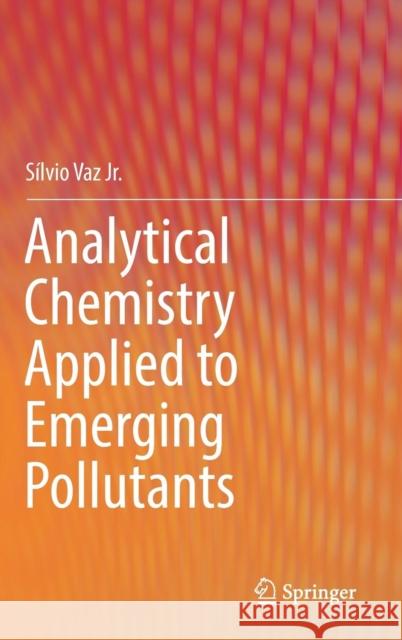Analytical Chemistry Applied to Emerging Pollutants » książka
topmenu
Analytical Chemistry Applied to Emerging Pollutants
ISBN-13: 9783319744025 / Angielski / Twarda / 2018 / 122 str.
Analytical Chemistry Applied to Emerging Pollutants
ISBN-13: 9783319744025 / Angielski / Twarda / 2018 / 122 str.
cena 422,11 zł
(netto: 402,01 VAT: 5%)
Najniższa cena z 30 dni: 421,13 zł
(netto: 402,01 VAT: 5%)
Najniższa cena z 30 dni: 421,13 zł
Termin realizacji zamówienia:
ok. 16-18 dni roboczych.
ok. 16-18 dni roboczych.
Darmowa dostawa!
Kategorie BISAC:
Wydawca:
Springer
Język:
Angielski
ISBN-13:
9783319744025
Rok wydania:
2018
Wydanie:
2018
Ilość stron:
122
Waga:
0.37 kg
Wymiary:
23.39 x 15.6 x 0.97
Oprawa:
Twarda
Wolumenów:
01
Dodatkowe informacje:
Glosariusz/słownik
Wydanie ilustrowane
Wydanie ilustrowane











